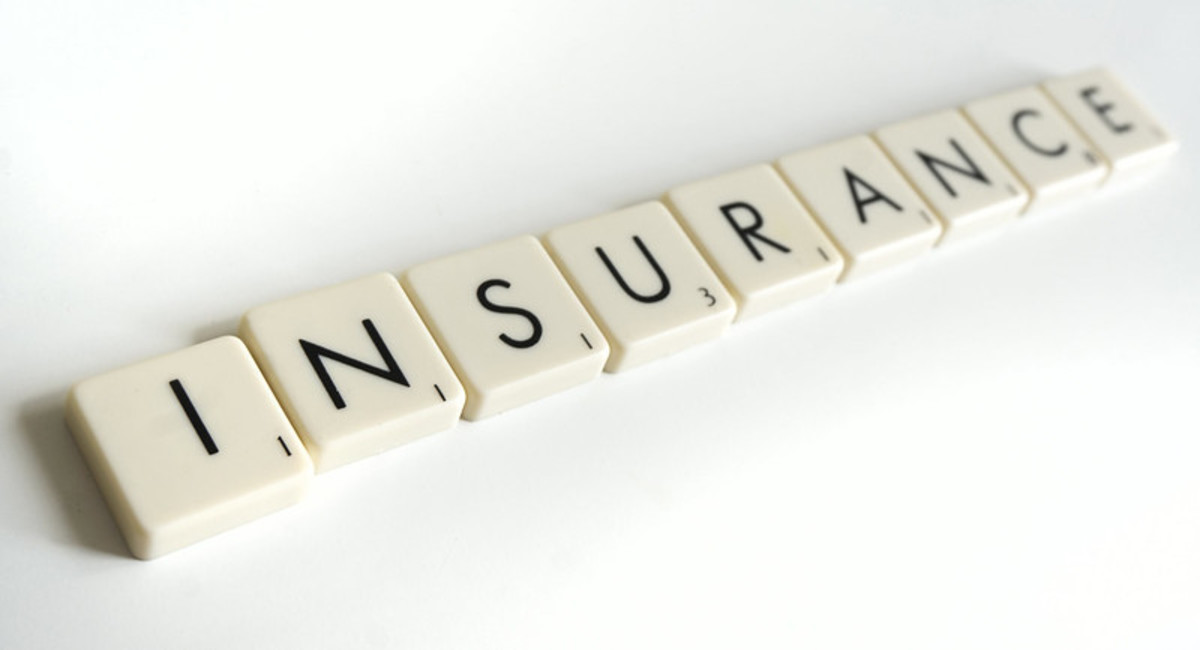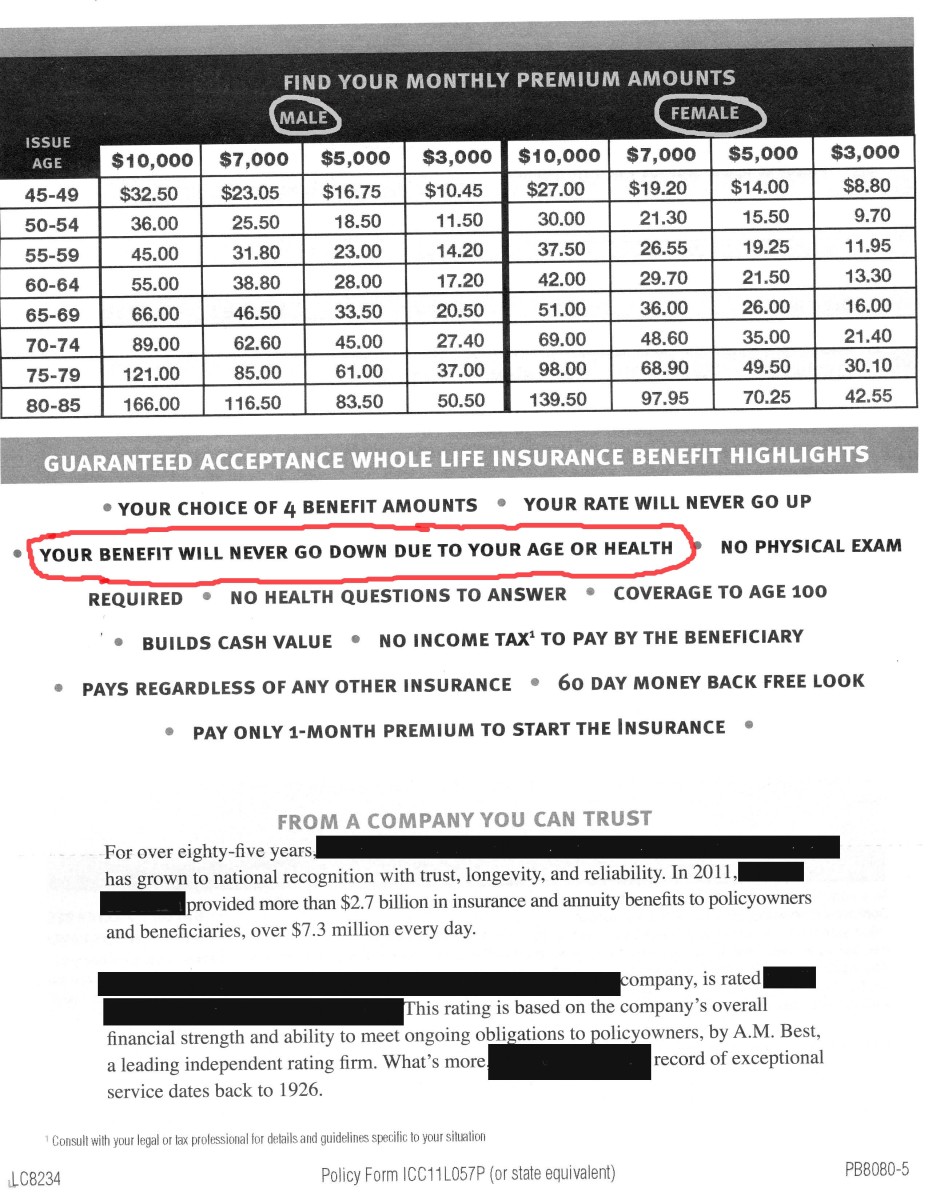Why Life Insurance Rates are Falling
Introduction
Despite the gray tsunami, the term used for the rapid aging of our world and rise in numbers of those over age 65, life insurance rates are falling in the United States. Let's look at the reasons why.

Advances in Medicine
Advances in medicine have meant that accidents that would have been fatal 40 years ago are merely debilitating instead. While it is debatable whether disability is worse than death, this shifts the costs of the accident from the life insurance industry to the health insurance sector.
Term life insurance rates are based on the odds of someone dying over the course of the term. Life expectancy has been rising throughout the United States for the past 40 years, though it has started to level off. As life expectancy rises, the risk of the policy holder dying decreases. The ongoing improvement in preventative care like cholesterol reducing drugs will also drive life expectancy up for those who would otherwise die in their 50s or 60s.
Fewer people smoking and engaging in manual labor also improves life expectancy among the poor, those most likely to die young. These shifts increase the life expectancy of those most likely to die younger, decreasing life insurance rates for all.
Unless government mandates for socialized medicine decrease the quality of healthcare in the West, life expectancy as a whole will rise further as poorer groups see life expectancy rise while the rest will remain high. If life expectancy started to fall, as happened in Russia after the collapse of the Soviet Union or due to long term civil unrest, term life insurance rates would increase.
Since health care advances continue to lower the odds of accidental death (though not disability) and increase life expectancy, which is reaching all time highs, life insurance rates can fall despite the rise in health insurance rates.
Estate Taxes and Life Insurance Rates
The life insurance market has expanded beyond providing money to replace the wages of a dead income earner. Life insurance is now used to generate lump sums of money upon the death of the policy holder to pay inheritance taxes, since life insurance proceeds are not taxable while the estate can be taxed. This has the effect of pumping money into insurance companies today to ensure that the heirs have money to pay inheritance taxes later.
Many people using life insurance policies to prevent inheritance taxes from forcing liquidation of their estate would otherwise be self-insured in case of an early death of the main income earner. Since the wealthiest 20% of the population has a longer life expectancy than average, this results in insurers receiving money from many more people for an increasingly long time. This decreases the premiums that must be paid by everyone else in the life insurance pool. In effect, estate planning now pushes life insurance as a way of protecting the estate from liquidation to pay estate taxes.
The use of life insurance to pre-pay life insurance means that there are more people paying in who are not going to collect early due to premature death.
Low Interest Rates and Life Insurance Premiums
Whole life insurance rates are influenced by interest rates as well as the risk of the policy holder dying. While life expectancy has increased, the interest paid on savings accounts has been low since the 2001 financial market collapsed.
The low interest rates paid on the savings component of whole life insurance rates makes it too low to generate much money even while the term life portion has dropped. If interest rates were much higher, whole life insurance rates would go down as the insurance company made more money on the investment portion of the whole life policy. However, low interest rates have less impact on term life insurance rates compared to life expectancy.








